|
Podcast merch!
Listen and subscribe: RSS FEED ITUNES Soundcloud Stitcher Spotify If the episodes below don't load, turn off your ad blocker. |
|
The host of benefits associated with over-under workouts include improved lactate oxidation and clearance capacity, great expression of MCT enzymes, as well as improved tolerance of associated metabolic byproducts over threshold. We look at the established mechanisms behind these phenomena and find that over-unders, as well as lactate presence and oxidation itself, probably don't have a unique adaptation unavailable to other types of training. The follow-up episode, Ten Minute Tips #27, will discuss how Kolie views and programs over-under workouts, as well as alternative workouts to achieve the same ultimate effects.
Show Notes Running intensity and lactate clearance rate study Association of MCT1 and CS activity study (figure 4, below) Paper on training volume and mitochondrial mass (CS activity vs volume, below) Lactate oxidation in trained vs untrained men (Berkeley cyclists) Tabata study on anaerobic capacity
0 Comments
This episode breaks down the origins of endurance performance and how cells control substrate oxidation. We review a paper looking at the difference in adaptive aerobic signals when participants used significantly different amounts of fat and carbs at the same intensity. We then look at the role of mitochondria in cellular energetics, the pivotal role they play in aerobic endurance adaptations, and finally what the training implications are. Plus we answer your listener questions submitted to Kolie's Instagram.
Show Notes Carbohydrate improves exercise capacity but does not affect subcellular lipid droplet morphology, AMPK and p53 signalling in human skeletal muscle Regulation of skeletal muscle mitochondrial fatty acid metabolism in lean and obese individuals Metabolic adaptations to short-term training are expressed early in submaximal exercise Biochemical adaptations in muscle
Kolie makes his case that power meters are rendering lactate testing obsolete for most cyclists. After some background about lactate and why lactate testing was (and still is) historically crucial for science, we compare lactate test values in ramp and MLSS tests between individuals from an excellent but under-appreciated study. We also dig deep into more recent data, from the lactate test of a former world champion and Kolie's own surprising MLSS test, and the physiology explaining these results. We conclude with practical considerations about what threshold means, and why power meters are our best way to measure it.
Show Notes Justification of the 4mmol/L lactate threshold Lactate kinetics in human tissues at rest and during exercise (contains figure from episode cover art) The maximal metabolic steady state: redefining the 'gold standard' Alterations of the lactic acid content of the blood as a result of light exercise, and associated changes in the CO2 -combining power of the blood and in the alveolar CO2 pressure (Owles paper) Lactate kinetics and individual anaerobic threshold
Lactate remains a misunderstood molecule, and popular experts still don't have a full understanding of where it comes from or why. In this episode, Kolie explains the basic biochemical context of lactate, where it really comes from, and why we make it at rest and during exercise. You will come away from this episode with a good understanding of how enzymes catalyze reactions, the importance of always making lactate, and the kinds of things that cause demand on glycolysis.
Podcast Notes Metabolic pathway map http://biochemical-pathways.com/#/map/1 BRENDA database entry for human LDH https://www.brenda-enzymes.org/enzyme.php?ecno=1.1.1.27&Suchword=&reference=&UniProtAcc=&organism%5B%5D=Homo+sapiens |
Archives
July 2024
Categories
All
|

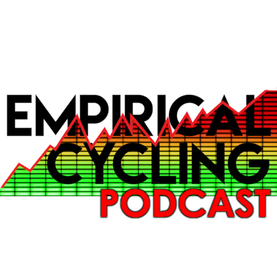
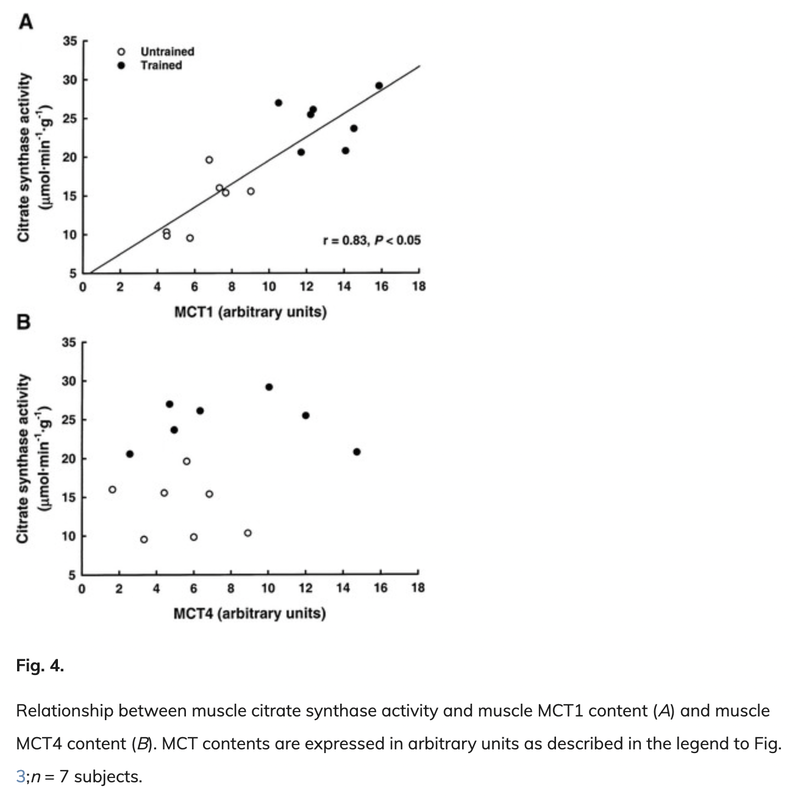

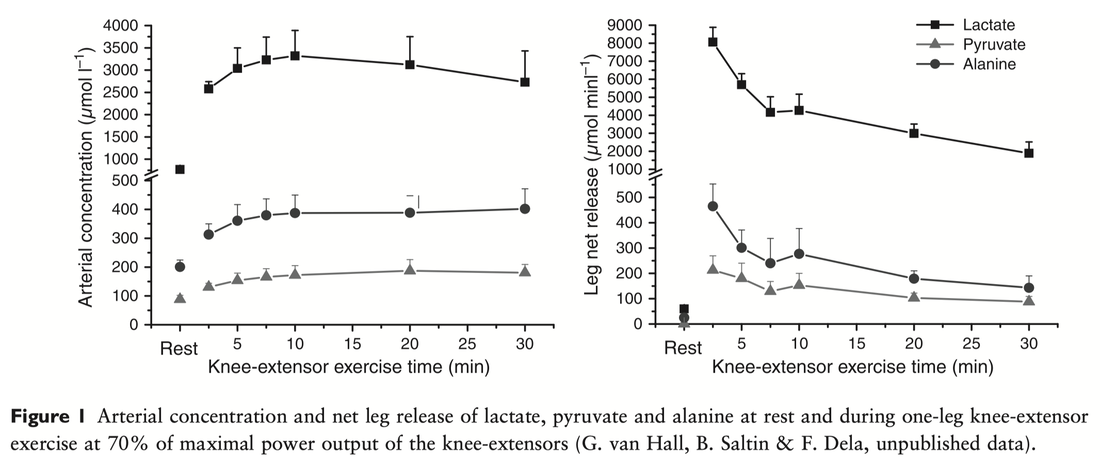
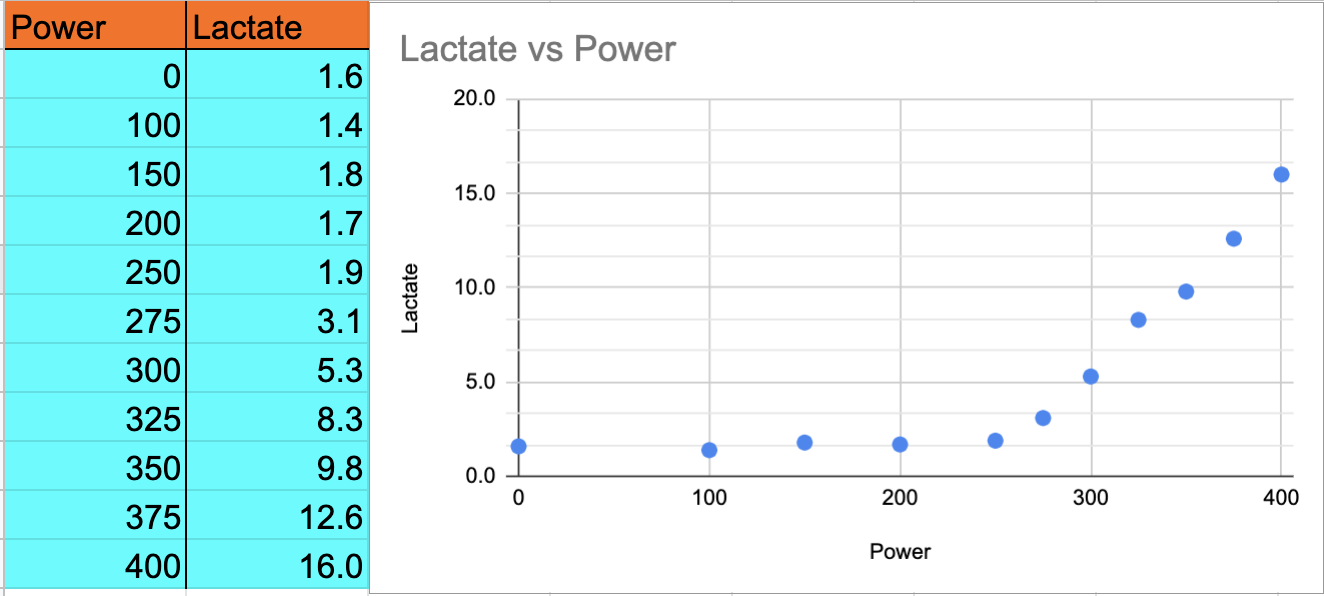

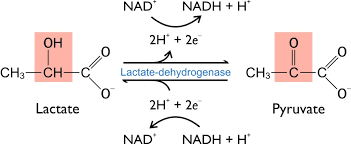
 RSS Feed
RSS Feed